Image of 1958 Studebaker Scotsman, sourced from en.wikipedia.org , Image Link.
Performance Metrics
Fundamental Metrics
Emotional Appeal
MMP Rating
| Engine Specifications | |
|---|---|
| Engine: | Inline 6 |
| Displacement: | 170 cu in (2.8 L) |
| Horsepower: | Estimated 90 hp |
| Torque: | 125 lb-ft |
| Compression Ratio: | Estimated 8.0:1 |
| Ignition System: | Distributor and coil |
| Cooling System: | Liquid-cooled |
| Performance Specifications | |
| 0-60 Time: | Estimated 20 seconds |
| 1/4 Mile Time: | Not available |
| Top Speed: | 90 mph |
| Transmission and Drive | |
| Drive Type: | Rear-wheel drive |
| Transmission Type: | 3-speed manual |
| Fuel and Efficiency | |
| Fuel System Type: | Carburetor |
| MPG: | Estimated 20-25 mpg |
| Dimensions and Brakes | |
| Brakes: | Drum brakes |
| Wheelbase: | 113 inches |
| Weight: | Estimated 2,700 lbs |
Note: Specifications for classic cars are given to the best of our ability, considering the limited and variant data available.
Unearthing the Understated Charm of the 1958 Studebaker Scotsman
In an era marked by chrome and fins, the 1958 Studebaker Scotsman stood out for its austere simplicity. Born out of necessity in South Bend, Indiana, the Scotsman was Studebaker's answer to an America that was beginning to feel the pinch of a recession. This vehicle was a no-frills workhorse, a testament to practicality over pomp, and it carved out a unique niche in automotive history. One might be surprised to learn that the Scotsman, despite its spartan design, was one of the first cars to offer seat belts as an option—a notable nod to safety in an age where such features were far from standard.
Design and Innovation
The exterior of the Scotsman was a study in minimalism. Its body lacked the excess ornamentation common at the time, presenting a clean, boxy silhouette that prioritized function over form. The interior followed suit, with basic vinyl upholstery and rubber floor mats. The dashboard was uncluttered, featuring only essential gauges and controls. While other cars boasted power windows and elaborate radios, the Scotsman kept things manual and straightforward. Color options were limited, with shades like Highland Green and Strato Blue being popular choices that added a touch of character to its otherwise utilitarian appearance. The two-door station wagon emerged as an iconic body style, offering versatility and practicality that resonated with budget-conscious buyers.
Historical Significance
The Scotsman's impact on automotive design was subtle yet significant. It challenged the prevailing trend of equating luxury with success, offering a vehicle that was proudly economical. Its legacy is seen in the way it paved the path for compact and subcompact cars that would later gain popularity in the 1960s and beyond. The Scotsman's philosophy of simplicity and affordability was ahead of its time, influencing future generations of automakers to produce vehicles within reach of the average consumer.
Performance and Handling
Performance-wise, the Scotsman was modest. Its inline-six engine delivered adequate power, propelling the car to a top speed that was sufficient for daily commuting but not designed for speed enthusiasts. Acceleration from 0-60 mph was a leisurely affair by today's standards. On the road, the ride was firm, and handling was straightforward without any sporting pretensions. Driving a Scotsman was about reliability and economy; it was the rhythmic hum of the engine and the no-nonsense interaction with the vehicle that owners came to appreciate.
Ownership Experience
The Scotsman found its place as a daily driver for families and businesses alike. Its reputation for low-cost maintenance and reliability made it an appealing choice for those who valued practicality. Parts were generally easy to come by, and repairs could often be handled by the owners themselves, further cementing its status as an economical option.
Fun Facts
Despite its humble nature, the Scotsman has its share of interesting trivia. For example, it was one of the few American cars of the time that could boast a fuel economy exceeding 25 miles per gallon—a figure that remains respectable even by modern standards. While not known for breaking speed records or being a celebrity favorite, its role in representing a minimalist counter-culture during an age of excess has given it a cult following among classic car enthusiasts.
Collector's Information
Today, the 1958 Studebaker Scotsman is a rare sight, with production numbers estimated to be in the low thousands. As a collector's item, its value can vary widely based on condition and originality. A well-preserved Scotsman might fetch anywhere from $10,000 to $20,000 or more at auction, depending on market interest. While not as coveted as some of its contemporaries, its value has shown a steady appreciation among collectors who value its unique place in automotive history.
Conclusion
The 1958 Studebaker Scotsman may not have been the flashiest car on the block, but its legacy is one of innovation through simplification. It stood as a beacon of practicality in an age of extravagance and remains a fascinating chapter in the story of American automobiles. For those who appreciate the beauty in austerity, the Scotsman is more than just a vehicle; it's a symbol of timeless appeal.
1958 Studebaker Scotsman Catalog of Parts
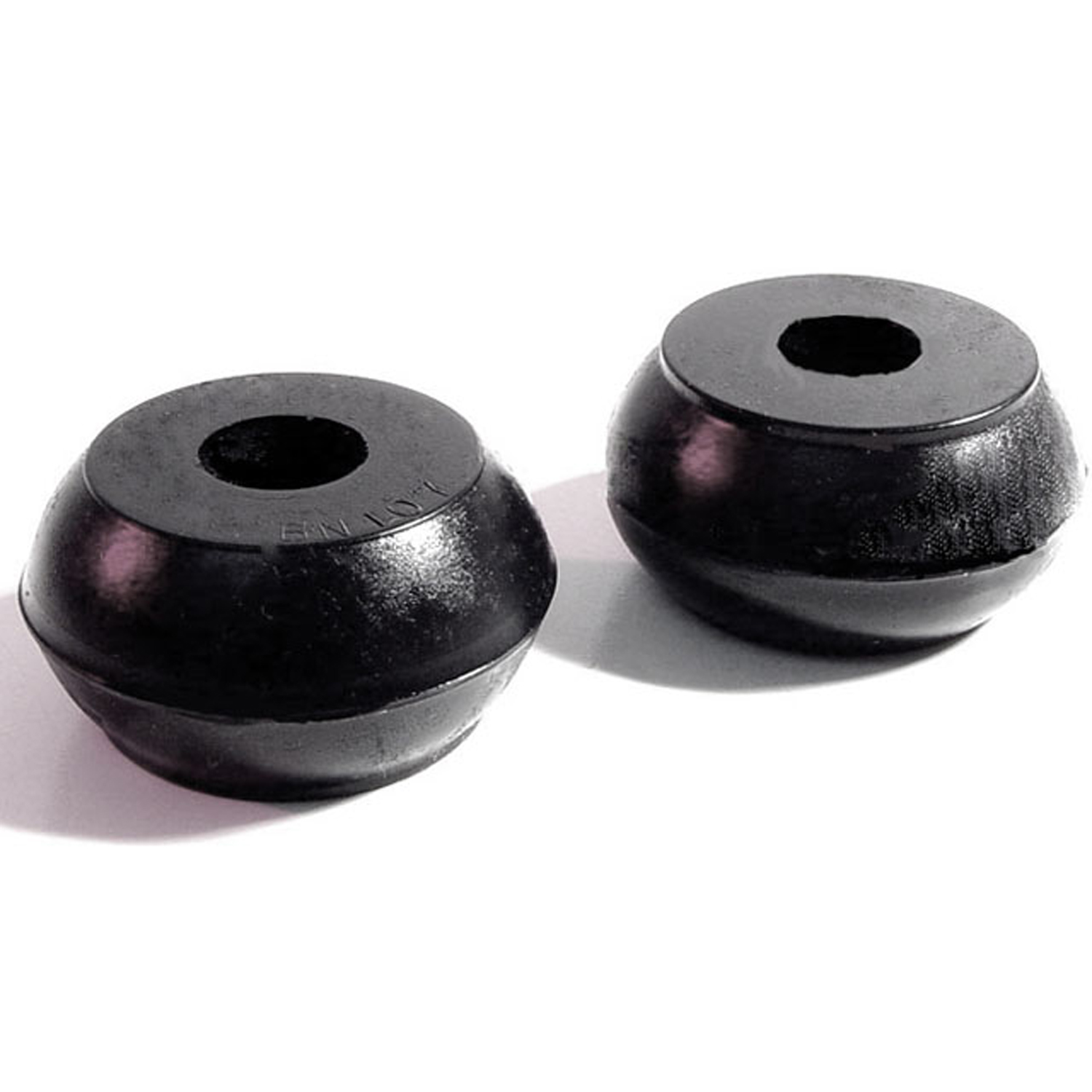 1958 Studebaker Scotsman Power Steering Bushing. 1-9/16" O.D., 7/16" I.D. Pair-BN 107Power Steering Bushing. 1-9/16" O.D., 7/16" I.D. Pair
1958 Studebaker Scotsman Power Steering Bushing. 1-9/16" O.D., 7/16" I.D. Pair-BN 107Power Steering Bushing. 1-9/16" O.D., 7/16" I.D. Pair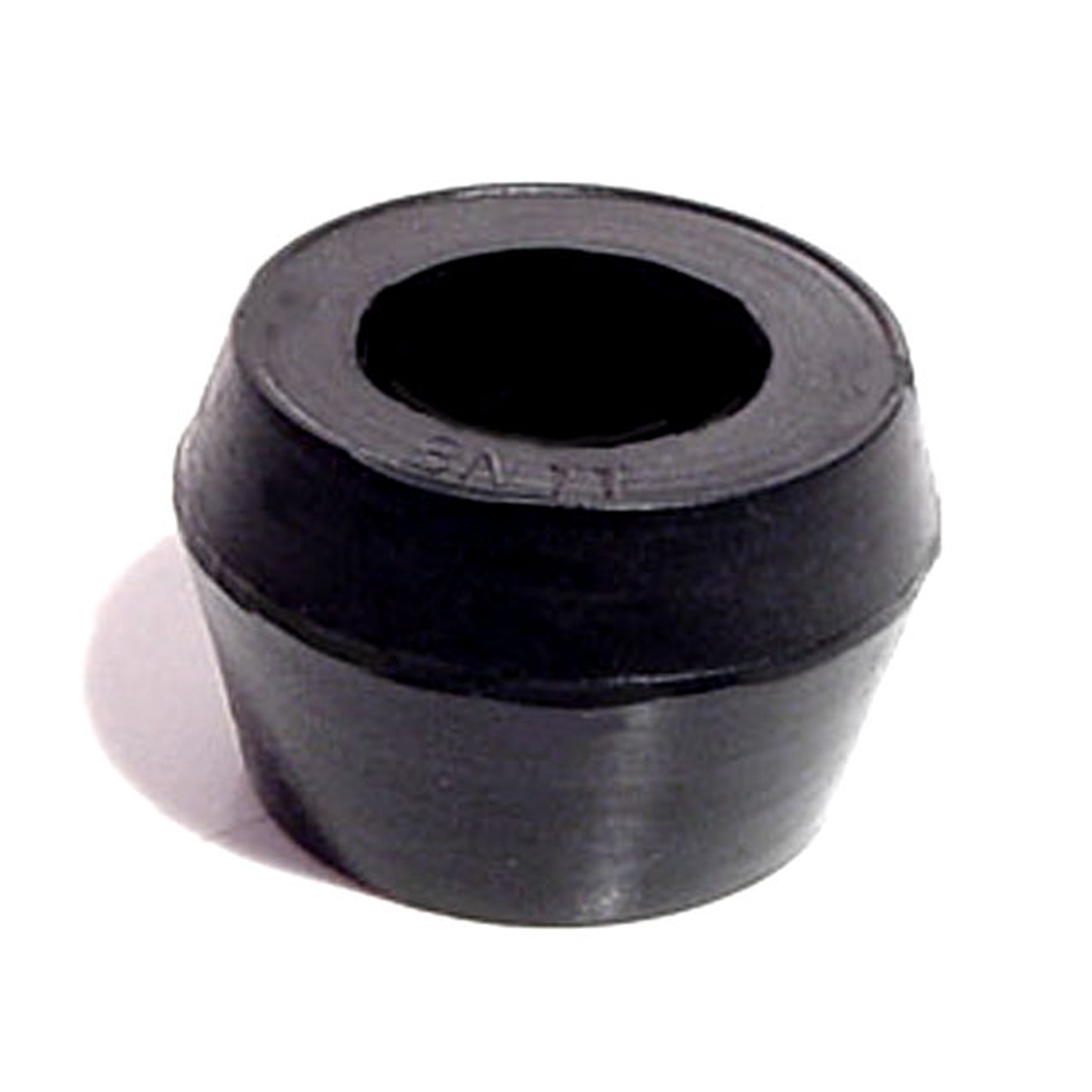 1958 Studebaker Scotsman Shock Absorber Grommet. 1" bottom O.D-BN 11Shock Absorber Grommet. 1" bottom O.D., 3/4" high, with 5/8" I.D. Each
1958 Studebaker Scotsman Shock Absorber Grommet. 1" bottom O.D-BN 11Shock Absorber Grommet. 1" bottom O.D., 3/4" high, with 5/8" I.D. Each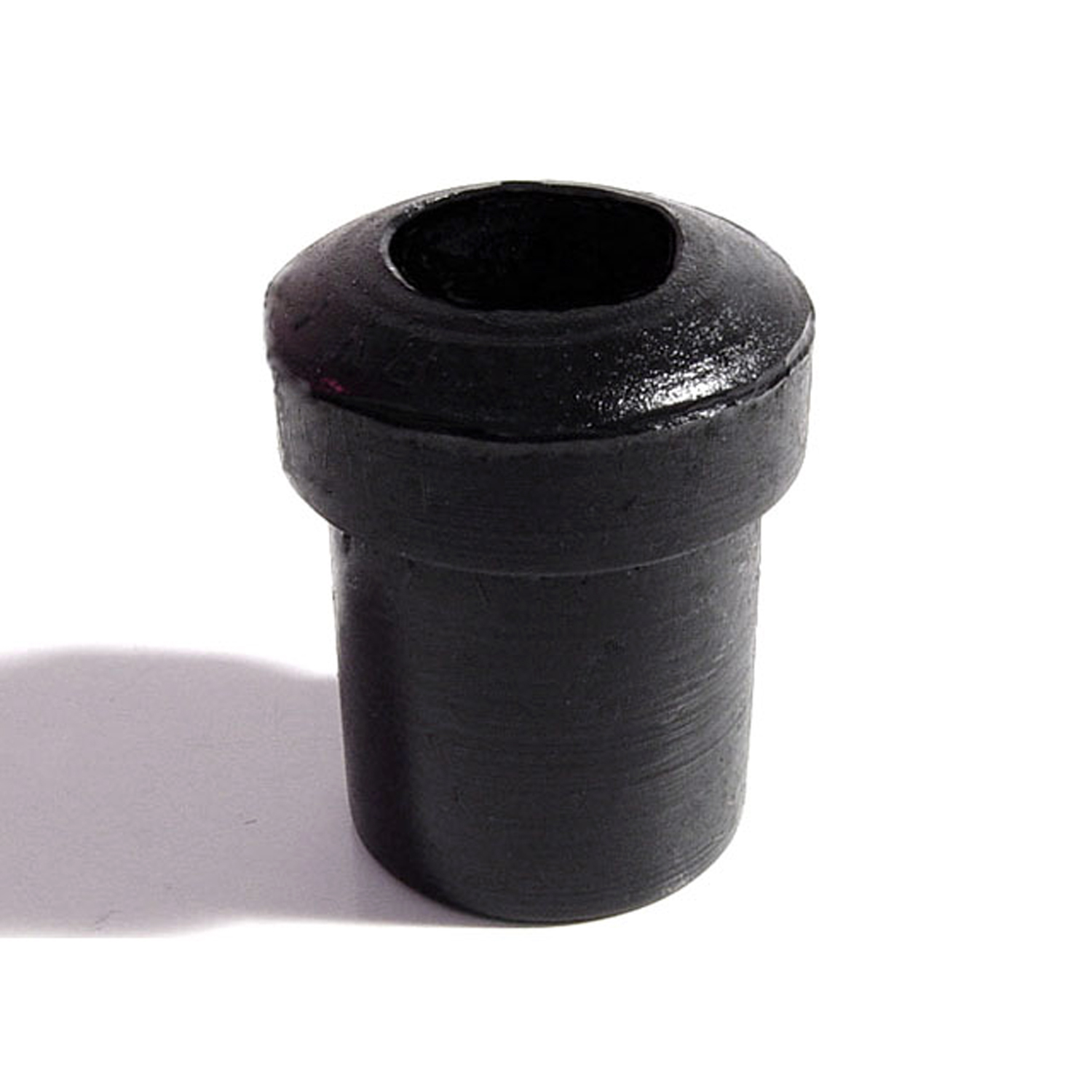 1958 Studebaker Scotsman Spring and Shackle Bushing. 7/8" bottom O.D-BN 16Spring and Shackle Bushing. 7/8" bottom O.D. X 1-1/8" high, with 1/2" I.D. Each
1958 Studebaker Scotsman Spring and Shackle Bushing. 7/8" bottom O.D-BN 16Spring and Shackle Bushing. 7/8" bottom O.D. X 1-1/8" high, with 1/2" I.D. Each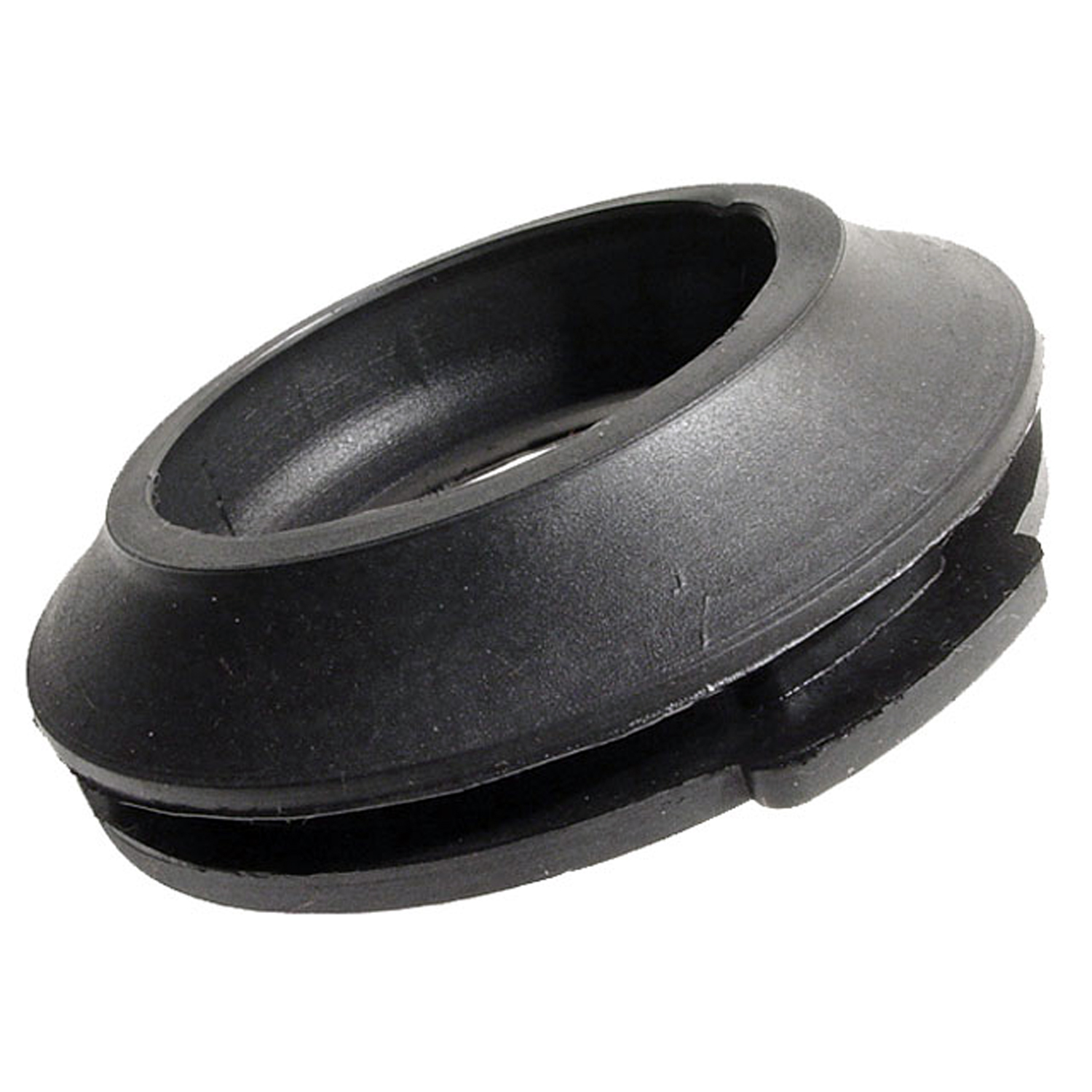 1958 Studebaker Scotsman Gas Filler Grommet. Perfect reproduction. Top 2-1/16" I.D-GF 45Gas Filler Grommet. Perfect reproduction. Top 2-1/16" I.D., 3-7/16" O.D. Each
1958 Studebaker Scotsman Gas Filler Grommet. Perfect reproduction. Top 2-1/16" I.D-GF 45Gas Filler Grommet. Perfect reproduction. Top 2-1/16" I.D., 3-7/16" O.D. Each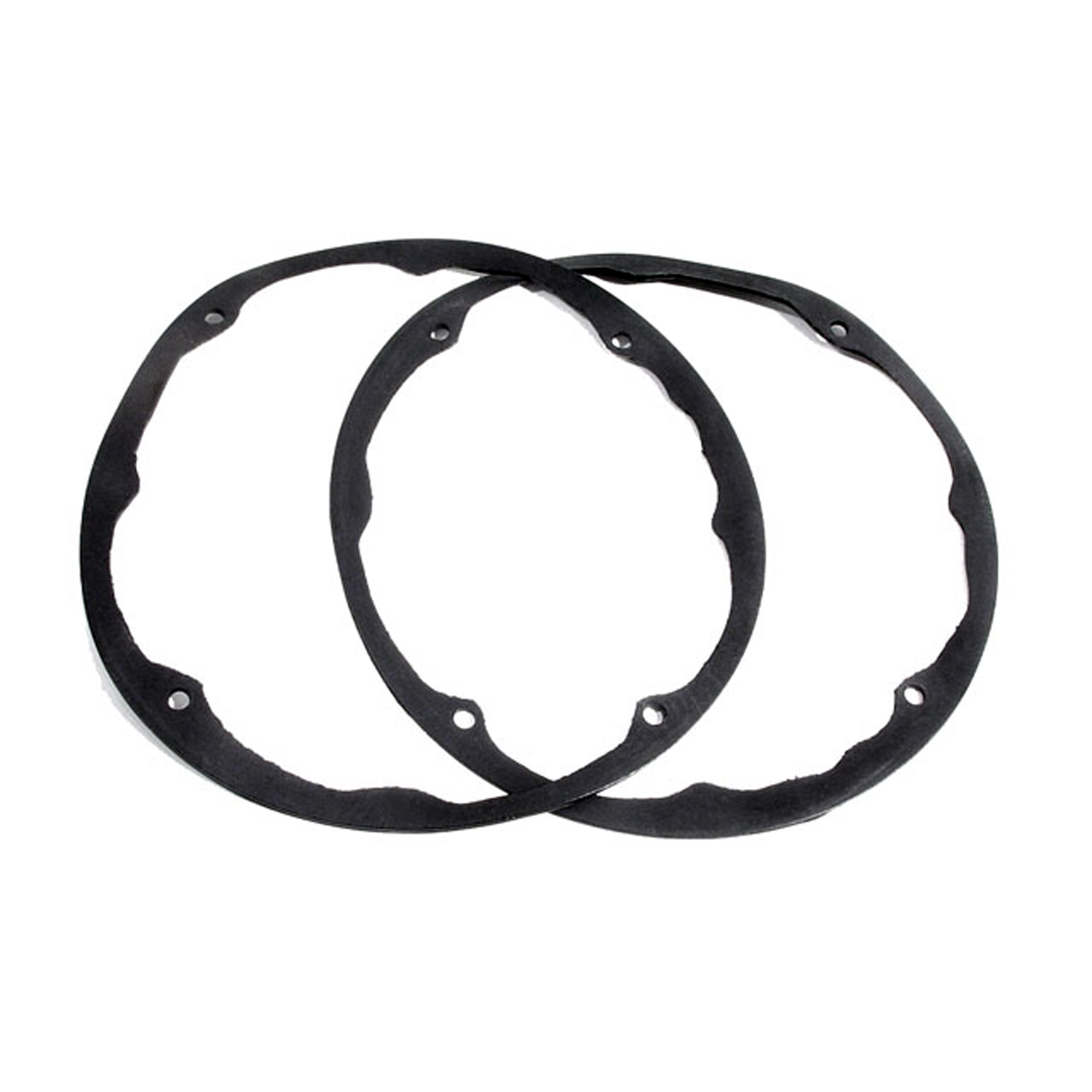 1958 Studebaker Scotsman Headlight Ring Seal. 8-5/8" O.D., 7-7/8" I.D. Pair-HR 16Headlight Ring Seal. 8-5/8" O.D., 7-7/8" I.D. Pair
1958 Studebaker Scotsman Headlight Ring Seal. 8-5/8" O.D., 7-7/8" I.D. Pair-HR 16Headlight Ring Seal. 8-5/8" O.D., 7-7/8" I.D. Pair 1958 Studebaker Scotsman Rubber Seal Behind Fender on Headlights-MP 979-CRubber Seal Behind Fender on Headlights. 8-7/8" wide X 10" long. Pair
1958 Studebaker Scotsman Rubber Seal Behind Fender on Headlights-MP 979-CRubber Seal Behind Fender on Headlights. 8-7/8" wide X 10" long. PairWhy Choose Metro?
For over 100 years, Metro Moulded Parts has been the pinnacle of quality in classic car restoration parts. Our commitment to precision and authenticity in every component ensures a perfect fit and an OEM-level appearance.
- Expert Craftsmanship & Quality: Each part is a testament to our dedication to reliability and perfection, crafted from original designs and thoroughly tested.
- Advanced Technology: We use cutting-edge techniques to create flawless, long-lasting parts that surpass others in performance.
- SuperSoft Sponge – The Ultimate Door Seal: Not only are our door seals 30% softer than competitors', but they're also guaranteed to never leak. They effectively reduce wind and road noise, enhancing your classic car's comfort and driving experience.
- Proudly American: Our parts are a product of American craftsmanship, made in the USA with a spirit of excellence and heritage.
- Unrivaled Warranty: We back our products with a 30-year industry-leading warranty, a testament to our confidence in their quality.
Join us in preserving the legacy of classic cars with parts that are crafted for perfection, not just made.

